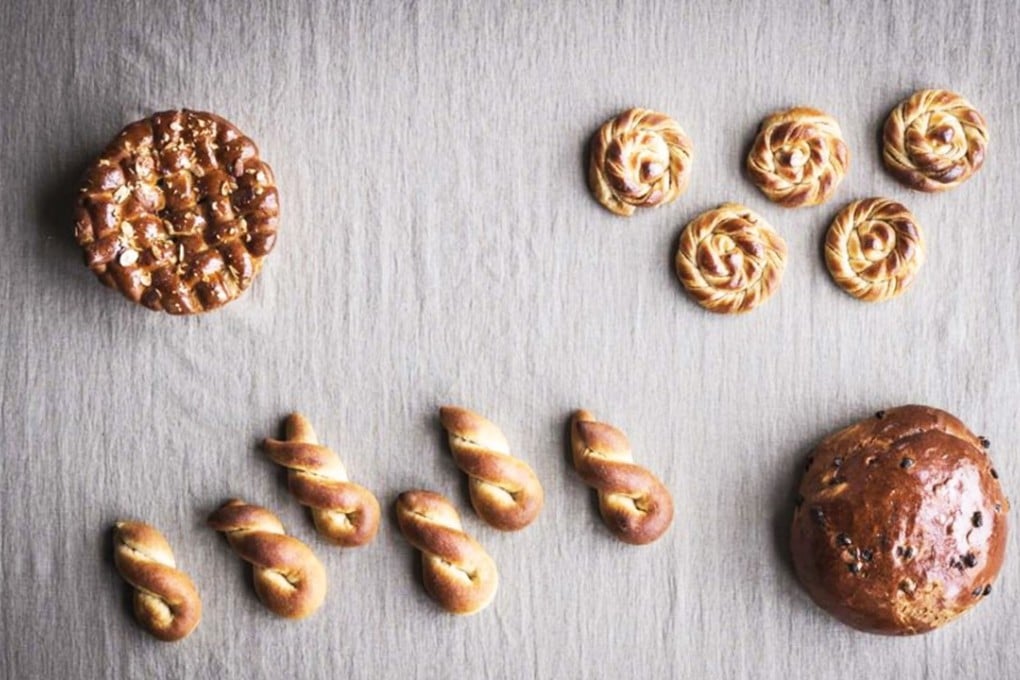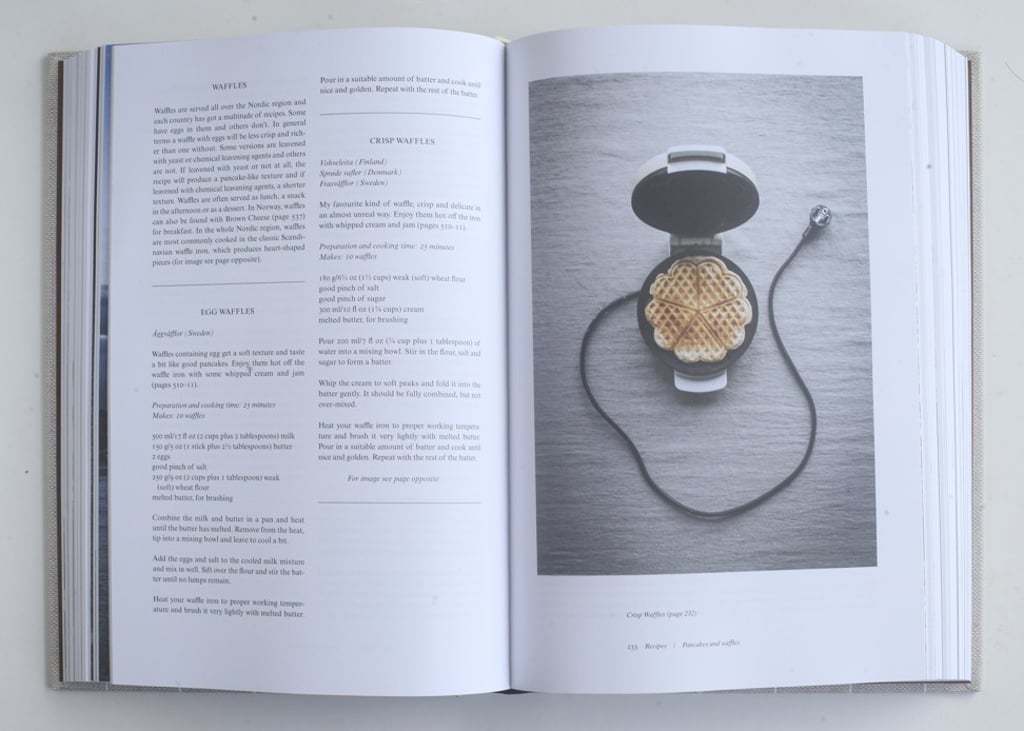The Nordic Baking Book – an ambitiously broad take on cooking in multiple countries
- Swedish chef Magnus Nilsson, of Fäviken fame, takes a deep look at recipes old and new

As you’d expect from a guide to all types of baking in Denmark, Finland, Iceland, Norway, Sweden, Greenland and the Faroe Islands, The Nordic Baking Book (2018), by Magnus Nilsson, is large, coming in at close to 600 pages. (Although his previous work, The Nordic Cook Book [2015], runs to almost 800 pages).
Nilsson, chef and owner of Fäviken, in Sweden, writes in the introduction that he “didn’t [want it to] become some ridiculous list of antiquated recipes that no one cooks any more. I wanted it to be a snapshot of what people actually bake today, perhaps with the occasional look in the rear view mirror at a recipe which, even if it is uncommon today, explains something about how we do things now.”
Then he had to decide if a baking book had to be only about baking. “If baking in an oven is a prerequisite, does that mean that the 10 most common deep-fried pastries of the region, of which five are absolutely essential to Nordic Christmas celebrations, then get skipped even if most people would consider making them to be an act of baking?
“Should the pancake chapter only contain three oven-baked pancakes and I just pretend, when explaining the ins and outs of Nordic pancake culture, that the 15 recipes for pancakes cooked in a pan on the stove, that are now in that chapter, don’t even exist even if they are more culturally important than those baked in the oven? Or should I just have skipped the pancakes altogether for the sake of consistency and implied that we don’t cook them?”
He faced the same culinary dilemma when trying to decide if he should limit “baking” to recipes that contain grain. “In the chapter describing desserts in the Nordic region there is a whole bunch of recipes primarily based on everything from milk to egg to berries but where grains are not part of the process at all or where they play a very small supporting role. Should I just pretend that all we eat after a meal is pie, which contains grain and is luckily baked in an oven?
